-
 Bitcoin
Bitcoin $85,618.5384
2.96% -
 Ethereum
Ethereum $1,640.2124
5.21% -
 Tether USDt
Tether USDt $0.9997
0.03% -
 XRP
XRP $2.1632
7.34% -
 BNB
BNB $597.1208
1.93% -
 Solana
Solana $132.8194
9.58% -
 USDC
USDC $0.9999
-0.01% -
 Dogecoin
Dogecoin $0.1676
5.63% -
 TRON
TRON $0.2466
2.33% -
 Cardano
Cardano $0.6579
6.01% -
 UNUS SED LEO
UNUS SED LEO $9.3558
0.64% -
 Chainlink
Chainlink $13.1471
4.65% -
 Avalanche
Avalanche $20.4796
7.96% -
 Stellar
Stellar $0.2473
5.87% -
 Sui
Sui $2.3384
7.44% -
 Hedera
Hedera $0.1756
5.28% -
 Shiba Inu
Shiba Inu $0.0...01252
3.40% -
 Toncoin
Toncoin $2.9499
4.76% -
 Bitcoin Cash
Bitcoin Cash $340.5254
9.00% -
 MANTRA
MANTRA $6.2672
-2.89% -
 Litecoin
Litecoin $78.6729
3.87% -
 Polkadot
Polkadot $3.7183
4.58% -
 Hyperliquid
Hyperliquid $16.7994
10.67% -
 Dai
Dai $1.0001
0.03% -
 Bitget Token
Bitget Token $4.4320
2.74% -
 Pi
Pi $0.7326
16.74% -
 Ethena USDe
Ethena USDe $0.9991
0.04% -
 Monero
Monero $210.4897
0.60% -
 Uniswap
Uniswap $5.4973
5.84% -
 OKB
OKB $54.8064
3.33%
What is an aggregator? How does 1inch optimize transaction paths?
1inch uses advanced algorithms to optimize trading paths across multiple DEXs, minimizing slippage and gas fees for better transaction rates in the DeFi ecosystem.
Apr 12, 2025 at 05:00 pm
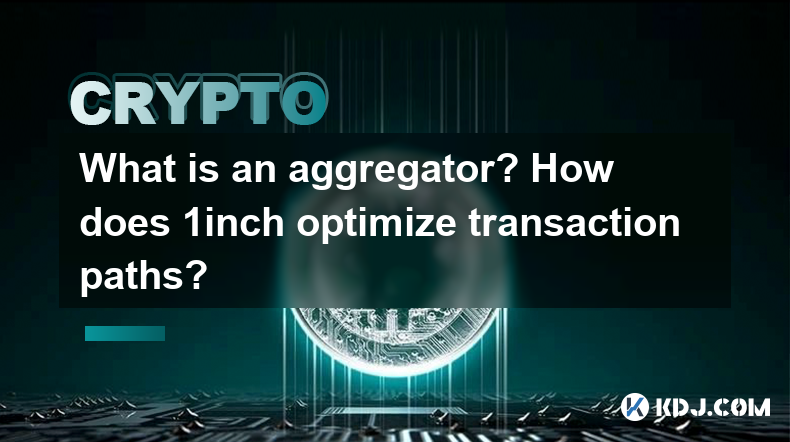
An aggregator in the cryptocurrency space is a tool that compiles and compares data from multiple decentralized exchanges (DEXs) to find the best possible trading routes and prices for users. Aggregators are essential for traders looking to optimize their transactions, as they can automatically search through various liquidity sources to ensure the most favorable rates. One of the most popular and effective aggregators in the crypto world is 1inch, known for its advanced path-finding algorithms and optimization techniques.
What is an Aggregator?
An aggregator serves as a middleware between users and DEXs, pulling liquidity from various sources to execute trades at the best possible rates. By aggregating data from multiple platforms, these tools can offer users better prices than what they might find on a single exchange. Aggregators work by breaking down a user's trade into smaller parts and routing these parts through different DEXs to minimize slippage and maximize returns. This process is particularly useful in decentralized finance (DeFi), where liquidity can be fragmented across numerous platforms.
How Does 1inch Optimize Transaction Paths?
1inch is renowned for its sophisticated approach to optimizing transaction paths. The platform uses a path-finding algorithm that searches for the most efficient routes across multiple DEXs. This algorithm considers various factors, including liquidity, fees, and slippage, to construct the optimal path for a given trade. By breaking down trades into smaller segments and routing them through different exchanges, 1inch can often achieve better rates than those available on any single DEX.
The Role of the Pathfinder Algorithm
The Pathfinder algorithm is the core of 1inch's optimization strategy. This algorithm uses a combination of depth-first search and breadth-first search techniques to explore all possible trading paths. It calculates the total cost of each path, taking into account the exchange rates, gas fees, and potential slippage. The algorithm then selects the path that offers the best overall value for the user. This process is executed in real-time, ensuring that users always receive the most current and favorable rates.
Liquidity Aggregation and Slippage Reduction
1inch aggregates liquidity from a wide range of DEXs, including Uniswap, SushiSwap, and Curve. By pulling liquidity from multiple sources, 1inch can offer deeper liquidity pools than any single exchange. This is particularly beneficial for large trades, as it helps to minimize slippage. Slippage occurs when the price of a token changes between the time a trade is initiated and when it is executed. By spreading a trade across multiple exchanges, 1inch can reduce the impact of slippage, resulting in better outcomes for users.
Gas Optimization and Fee Structure
Another key aspect of 1inch's optimization strategy is gas optimization. Gas fees are a significant concern for users of Ethereum-based DEXs, as they can eat into the profits of a trade. 1inch employs various techniques to minimize gas costs, such as batching multiple trades into a single transaction and using gas-efficient smart contracts. Additionally, 1inch has a unique fee structure where a small percentage of each trade is taken as a protocol fee. This fee is used to fund the development and maintenance of the platform, ensuring that it remains sustainable and efficient.
User Experience and Interface
1inch places a strong emphasis on user experience, offering a user-friendly interface that makes it easy for both novice and experienced traders to navigate the platform. The interface displays real-time data on available trading paths, estimated gas costs, and potential slippage. Users can easily compare different routes and choose the one that best suits their needs. Additionally, 1inch provides detailed analytics and transaction history, allowing users to track their trading performance over time.
Integration with DeFi Ecosystem
1inch is deeply integrated into the broader DeFi ecosystem, supporting a wide range of tokens and protocols. This integration allows users to access a variety of DeFi services, such as lending, borrowing, and yield farming, directly through the 1inch platform. By leveraging the power of multiple DeFi protocols, 1inch can offer users a comprehensive suite of financial tools, all accessible through a single interface.
Security and Audits
Security is a top priority for 1inch, and the platform undergoes regular audits by reputable firms to ensure the safety of user funds. These audits cover the smart contracts, the Pathfinder algorithm, and other critical components of the platform. 1inch also employs various security measures, such as multi-signature wallets and time-locked contracts, to protect against potential vulnerabilities. Users can trade with confidence, knowing that their transactions are secure and their funds are protected.
Frequently Asked Questions
Q: Can I use 1inch on different blockchain networks?
A: Yes, 1inch supports multiple blockchain networks, including Ethereum, Binance Smart Chain, and Polygon. This allows users to trade across different ecosystems and take advantage of the unique features and liquidity of each network.
Q: How does 1inch handle large trades?
A: For large trades, 1inch breaks them down into smaller segments and routes them through multiple DEXs to minimize slippage. This approach ensures that even large trades can be executed at favorable rates.
Q: Is there a mobile app for 1inch?
A: Yes, 1inch offers a mobile app for both iOS and Android devices. The app provides the same functionality as the web platform, allowing users to trade on the go and access real-time market data.
Q: Can I use 1inch for limit orders?
A: Currently, 1inch does not support limit orders directly. However, users can achieve similar functionality by using external tools that interact with the 1inch API to place limit orders on supported DEXs.
Disclaimer:info@kdj.com
The information provided is not trading advice. kdj.com does not assume any responsibility for any investments made based on the information provided in this article. Cryptocurrencies are highly volatile and it is highly recommended that you invest with caution after thorough research!
If you believe that the content used on this website infringes your copyright, please contact us immediately (info@kdj.com) and we will delete it promptly.
- XRP is trading at $2.07 with a market capitalization of $117 billion and a global 24-hour trade volume of $3.65 billion.
- 2025-04-13 10:10:12
- As April Unfolds, MAGACOINFINANCE Emerges as a Contender Alongside XRP, BTC, ETH, and SOL
- 2025-04-13 10:10:12
- Bitcoin (BTC), XRP, and Solana Are Winning Over Analysts. But There's a New Kid in Town.
- 2025-04-13 10:05:12
- Pi Coin Gains Traction in South Korea and the US, Targeting Everyday Transactions
- 2025-04-13 10:05:12
- Dogecoin (DOGE) Value: Holding on or Heading Down?
- 2025-04-13 10:00:12
- Solana (SOL) Sees Massive Token Unlock From FTX/Alameda, Raising Doubts About Market Performance Despite Recent Price Hike
- 2025-04-13 10:00:12
Related knowledge
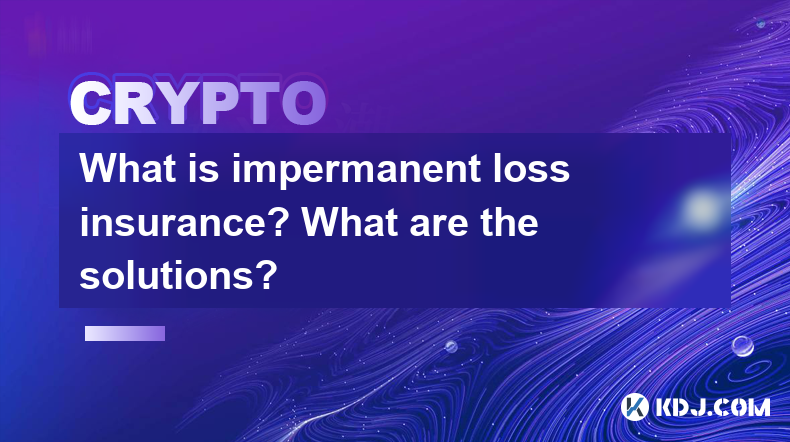
What is impermanent loss insurance? What are the solutions?
Apr 12,2025 at 01:14am
What is Impermanent Loss Insurance? What are the Solutions? Impermanent loss is a significant concern for liquidity providers in decentralized finance (DeFi) platforms. It occurs when the price of tokens in a liquidity pool changes compared to when they were deposited, leading to a potential loss if the provider decides to withdraw their liquidity. To m...
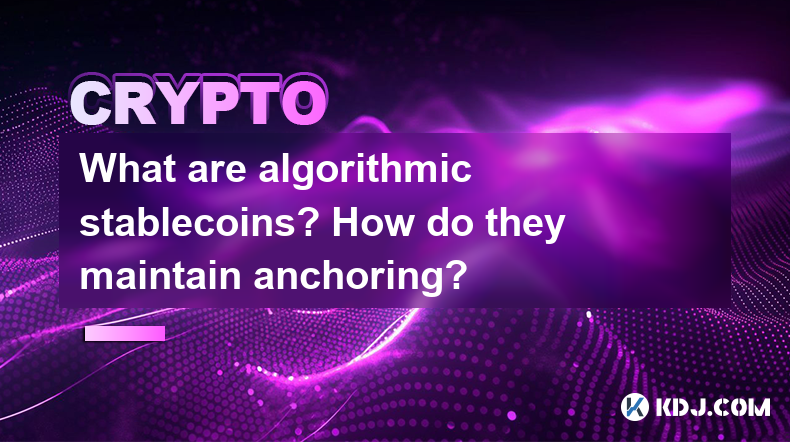
What are algorithmic stablecoins? How do they maintain anchoring?
Apr 12,2025 at 11:35am
Algorithmic stablecoins represent a fascinating and innovative segment within the cryptocurrency ecosystem. These digital assets are designed to maintain a stable value, typically pegged to a fiat currency like the US dollar, through the use of algorithms rather than traditional collateral. This approach distinguishes them from other types of stablecoin...
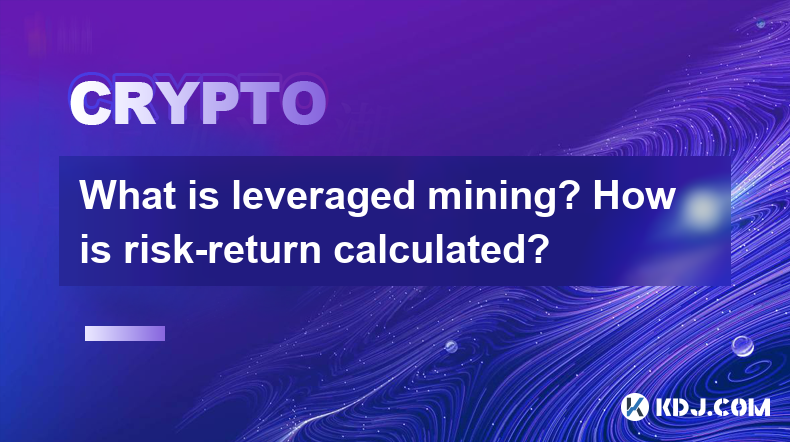
What is leveraged mining? How is risk-return calculated?
Apr 11,2025 at 04:07pm
What is Leveraged Mining? How is Risk-Return Calculated? Leveraged mining is a strategy used in the cryptocurrency space where miners borrow funds to increase their mining capacity and potential returns. This approach can amplify both profits and losses, making it a high-risk, high-reward endeavor. Understanding how to calculate the risk and return asso...

What is an aggregator? How does 1inch optimize transaction paths?
Apr 12,2025 at 05:00pm
An aggregator in the cryptocurrency space is a tool that compiles and compares data from multiple decentralized exchanges (DEXs) to find the best possible trading routes and prices for users. Aggregators are essential for traders looking to optimize their transactions, as they can automatically search through various liquidity sources to ensure the most...
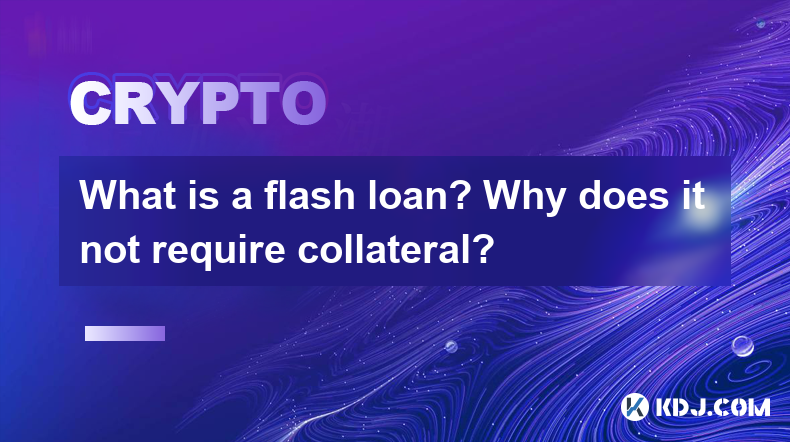
What is a flash loan? Why does it not require collateral?
Apr 11,2025 at 12:57pm
A flash loan is a type of loan that is unique to the decentralized finance (DeFi) ecosystem. It allows borrowers to take out a loan without the need for collateral, and the loan must be repaid within the same transaction. This type of loan is facilitated by smart contracts on blockchain platforms, most commonly on the Ethereum network. The concept of a ...
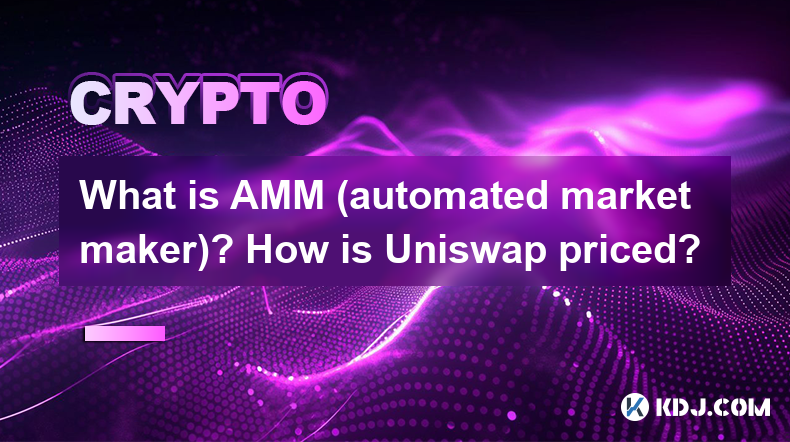
What is AMM (automated market maker)? How is Uniswap priced?
Apr 11,2025 at 06:57pm
What is AMM (Automated Market Maker)? How is Uniswap Priced? Automated Market Makers (AMMs) are a type of decentralized exchange protocol that use algorithms to price assets instead of traditional order books. The most well-known AMM is Uniswap, which has become a cornerstone of the decentralized finance (DeFi) ecosystem. This article will delve into th...

What is impermanent loss insurance? What are the solutions?
Apr 12,2025 at 01:14am
What is Impermanent Loss Insurance? What are the Solutions? Impermanent loss is a significant concern for liquidity providers in decentralized finance (DeFi) platforms. It occurs when the price of tokens in a liquidity pool changes compared to when they were deposited, leading to a potential loss if the provider decides to withdraw their liquidity. To m...

What are algorithmic stablecoins? How do they maintain anchoring?
Apr 12,2025 at 11:35am
Algorithmic stablecoins represent a fascinating and innovative segment within the cryptocurrency ecosystem. These digital assets are designed to maintain a stable value, typically pegged to a fiat currency like the US dollar, through the use of algorithms rather than traditional collateral. This approach distinguishes them from other types of stablecoin...

What is leveraged mining? How is risk-return calculated?
Apr 11,2025 at 04:07pm
What is Leveraged Mining? How is Risk-Return Calculated? Leveraged mining is a strategy used in the cryptocurrency space where miners borrow funds to increase their mining capacity and potential returns. This approach can amplify both profits and losses, making it a high-risk, high-reward endeavor. Understanding how to calculate the risk and return asso...

What is an aggregator? How does 1inch optimize transaction paths?
Apr 12,2025 at 05:00pm
An aggregator in the cryptocurrency space is a tool that compiles and compares data from multiple decentralized exchanges (DEXs) to find the best possible trading routes and prices for users. Aggregators are essential for traders looking to optimize their transactions, as they can automatically search through various liquidity sources to ensure the most...

What is a flash loan? Why does it not require collateral?
Apr 11,2025 at 12:57pm
A flash loan is a type of loan that is unique to the decentralized finance (DeFi) ecosystem. It allows borrowers to take out a loan without the need for collateral, and the loan must be repaid within the same transaction. This type of loan is facilitated by smart contracts on blockchain platforms, most commonly on the Ethereum network. The concept of a ...

What is AMM (automated market maker)? How is Uniswap priced?
Apr 11,2025 at 06:57pm
What is AMM (Automated Market Maker)? How is Uniswap Priced? Automated Market Makers (AMMs) are a type of decentralized exchange protocol that use algorithms to price assets instead of traditional order books. The most well-known AMM is Uniswap, which has become a cornerstone of the decentralized finance (DeFi) ecosystem. This article will delve into th...
See all articles
























































































